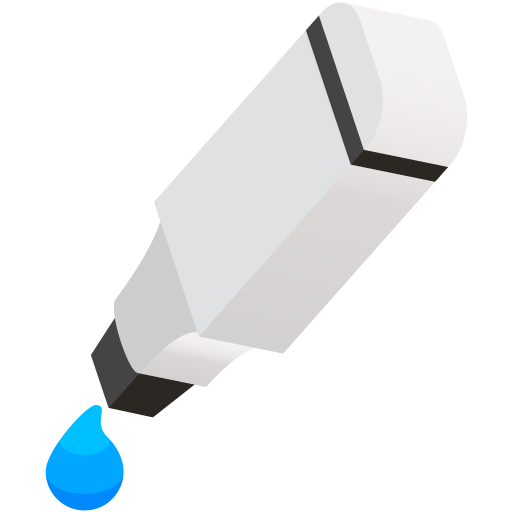Similar packages
Profender (2,5 - 5 kg)
ATC code
Species
Cats.
Indications
For cats suffering from, or at risk from, mixed parasitic infections caused by roundworms, tapeworms and lungworms of the following species:
Roundworms (Nematodes)Toxocara cati (mature adult, immature adult, L4 and L3)
Toxocara cati (L3 larvae) – treatment of queens during late pregnancy to prevent lactogenic transmission to the offspring
Toxascaris leonina (mature adult, immature adult and L4)
Ancylostoma tubaeforme (mature adult, immature adult and L4)
Tapeworms (Cestodes)Dipylidium caninum (mature adult and immature adult)
Taenia taeniaeformis (adult)
Echinococcus multilocularis (adult)
LungwormsAelurostrongylus abstrusus (adult)
Dose to be administered and administration route
Dosage and Treatment Schedule
The recommended minimum doses are 3 mg emodepside / kg body weight and 12 mg praziquantel / kg body weight, equivalent to 0.14 ml Profender / kg body weight.
Body Weight of Cat (kg) | Pipette size to be used | Volume (ml) | Emodepside (mg/kg bw) | Praziquantel (mg/kg bw) |
≥0.5 - 2.5 | Profender for Small Cats | 0.35 (1 pipette) | 3 - 15 | 12 - 60 |
>2.5 - 5 | Profender for Medium Cats | 0.70 (1 pipette) | 3 - 6 | 12 - 24 |
>5 - 8 | Profender for Large Cats | 1.12 (1 pipette) | 3 - 4.8 | 12 - 19.2 |
>8 | Use an appropriate combination of pipettes | |||
For the treatment of roundworms and tapeworms a single administration per treatment is effective.
For the treatment of queens to prevent lactogenic transmission of Toxocara cati (L3 larvae) to the offspring, a single administration per treatment approximately seven days prior to expected parturition is effective.
For the lungworm Aelurostrongylus abstrusus, two treatments administered two weeks apart are effective.
Method of administration
For external use only.
Remove one pipette from package. Hold pipette in upright position, twist and pull off cap and use the opposite end of the cap to break the seal.
Part the fur on the cat’s neck at the base of the skull until the skin is visible. Place the tip of the pipette on the skin and squeeze firmly several times to empty the contents directly onto the skin. Application on the base of the skull will minimise the ability of the cat to lick the product off.
Adverse reactions
Salivation and vomiting may occur in very rare cases. Mild and transient neurological disorders such as ataxia or tremor may occur in very rare cases. These effects are thought to occur as a result of the cat licking the application site immediately after treatment. In very rare cases following administration of Profender transient alopecia, pruritus and/or inflammation were observed at the application site.
The frequency of adverse reactions is defined using the following convention:
- very common (more than 1 in 10 animals treated displaying adverse reaction(s))
- common (more than 1 but less than 10 animals in 100 animals treated)
- uncommon (more than 1 but less than 10 animals in 1,000 animals treated)
- rare (more than 1 but less than 10 animals in 10,000 animals treated)
- very rare (less than 1 animal in 10,000 animals treated, including isolated reports).
Dispensing
POM-V - Prescription Only Medicine – Veterinarian
| Art. Nr. | |
|---|---|
| EAN | 5032756406015 |
 TRUSTED SOURCE
TRUSTED SOURCE








